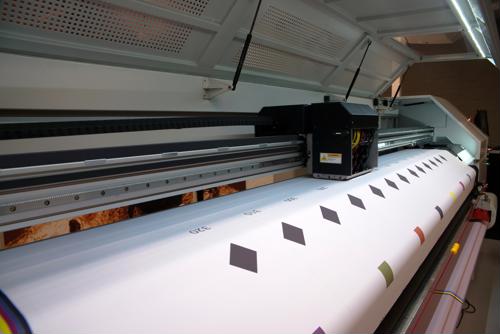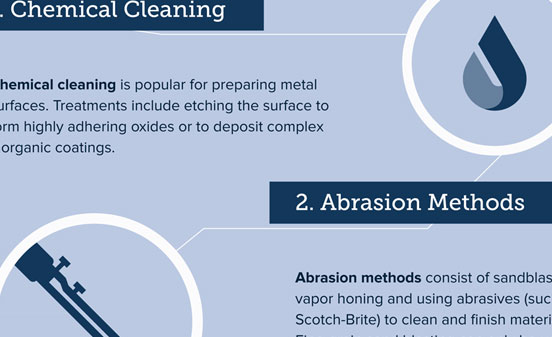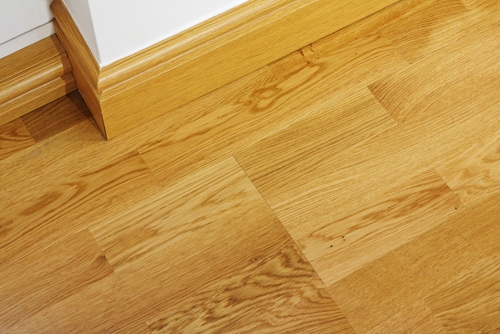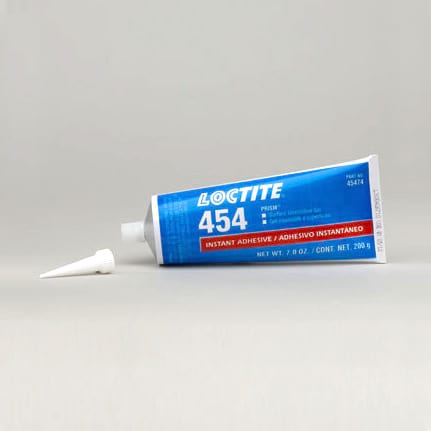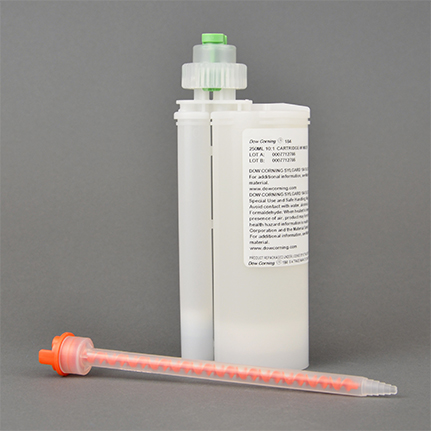

-
Description for Henkel Loctite 576
It is designed for the locking and sealing of threaded fasteners which require normal disassembly with standard hand tools. The product cures when confined in the absence of air between close fitting surfaces and prevents loosening and leakage from shock and vibration.Brand Loctite Chemical Resistance Chemical Resistance: Solvent resistance Application Type Thread sealing, Thread locking 1 Part or 2 Part 1-Part Material Form Liquid Substrate Steel, M10 black oxide nuts and bolts Industry Designed for the sealing threaded fasteners which require normal disassembly with standard hand tools, Designed for the locking threaded fasteners which require normal disassembly with standard hand tools Manufacturer Henkel Chemistry Dimethacrylate ester Cure Method Anaerobic cure, Activator cure, Room temperature Odor Details Odor low Gap Fill (in) <0.008 Cure Temperature (°C) 23 Cure Time (min) 1,440 Viscosity (cPs) Medium, 4,000 to 6,000 Fluorescent Negative Color Brown Torque (psi) 2- 8 (N·m), 1- 6 (N·m) Pressure Resistance Pressure resistance Leakage Resistance Prevents loosening and leakage from shock and vibration Volume Resistivity (O) 1e15 (Ohm cm) Density (g/cm³) 1.1 (g/m) Key Specifications Mil-Spec (United States Military Standard): Corrosion characteristics: (MIL-S-22473) -
Technical Data for Henkel Loctite 576
Overview
-
Chemical Resistance
- Chemical Resistance : Relative Solvent Resistance - Solvent resistance
-
Application Type
- Thread Sealant - Thread sealing
- Threadlocker - Thread locking
-
1 Part or 2 Part
- 1-Part
-
Material Form
- Liquid
-
Substrate
- Concrete - M10 black oxide nuts and bolts
- Steel
- Other - Close fitting surfaces
-
Industry
- Mechanical Fastening Parts - Designed for the locking threaded fasteners which require normal disassembly with standard hand tools, Designed for the sealing threaded fasteners which require normal disassembly with standard hand tools
-
Chemistry
- Acrylic - Dimethacrylate ester
-
Cure Method
- Room Temperature / Air Dry - Room temperature
- Anaerobic - Anaerobic cure
- Other - Activator cure
-
Color
- Brown
-
Key Specifications
- Mil-Spec (United States Military Standard) : S-22473 - Corrosion characteristics: (MIL-S-22473)
-
Brand
- Loctite
Specifications
Cure Specs
Odor Details Odor low Gap Fill (in) <0.008 Cure Temperature (°C) 23 Cure Time (min) 1,440 Viscosity (cPs) Medium, 4,000 to 6,000 Test Method Fixture or Handling Strength Time (min) 120, 20, 20 Test Method Fluorescent Negative Bond Strength
Torque (psi) 2- 8 (N·m), 1- 6 (N·m) General Bond Strength (psi) Low strength Pressure Resistance Pressure resistance Material Resistance
Vibration Resistance/Shock Resistance Prevents loosening and leakage from shock, Prevents loosening and leakage from vibration Conductivity
Leakage Resistance Prevents loosening and leakage from shock and vibration Thermal Conductivity (W/m°K) 0.20 Test Method Dielectric Constant 4.00 Test Method Volume Resistivity (O) 1e15 (Ohm cm) Test Method Other Properties
Coefficient of Thermal Expansion (CTE) 100e-6 Test Method Density (g/cm³) 1.1 (g/m) Test Method Business Information
Shelf Life Details Store product in the unopened container in a dry location. Storage information may be indicated on the product container labeling.; Optimal Storage: 8 °C to 21 °C. Storage below 8 °C or greater than 28 °C can adversely affect product properties. Shelf Life Temperature (°F) 46 to 70 Not Good For
Don't Use For Pure oxygen and/or oxygen rich systems, As a sealant for chlorine or other strong oxidizing materials -
-
Best Practices for Henkel Loctite 576
-
Surface Preparation
For best results, clean all surfaces (external and internal) with a LOCTITE® cleaning solvent and allow to dry.
If the material is an inactive metal or the cure speed is too slow, spray with LOCTITE® SF 7471™ or LOCTITE® SF 7649™ and allow to dry
-
Application
the male fitting, leaving the first thread free. Force the material into the threads to thoroughly fill the voids. For bigger threads and voids, adjust product amount accordingly and apply a 360° bead of product on the female threads also.
Using compliant practices, assemble and wrench tighten fittings in accordance with manufacturers recommendations.
Properly tightened fittings will seal instantly to moderate pressures. For maximum pressure resistance and solvent resistance allow the product to cure a minimum of 24 hours.
-
Removal
For Disassembly: 1. Remove with standard hand tools.
2. Where hand tools do not work because of excessive engagement length or large diameters (over 25 mm), apply localized heat to approximately 250 °C. Disassemble while hot.
For Cleanup: Cured product can be removed with a combination of soaking in a LOCTITE® solvent and mechanical abrasion such as a wire brush.
-
-
Comparable Materials for Henkel Loctite 576
Spec Engine® Results
Popular Articles
Testing the effectiveness of surface treatments
Read ArticleInfographic: ENSURING A STRONG BOND - 6 Basic Methods of Surface Preparation
Read ArticleSponsored Articles
Unique Advantages of Contact Adhesives
Read ArticleUsing LOCTITE® 454™ is a Valid Option for Engineers Working with a Wide Variety of Materials
Read ArticleSylgard 184 by DOW is the Top Choice for a Transparent, Silicone Encapsulant. Read Why:
Read ArticleCase Study: Creating reliable, corrosion-free bonds with LORD® 406 acrylic adhesive
Read ArticleFeatured Ads

Viscosity Test Methods
| Viscosity | Test Method | Temperature |
|---|---|---|
| Medium | ||
| 4,000 to 6,000 cPs | Brookfield - RVT, Spindle 4, speed 20 rpm , Uncured | 25°C |
Fixture or Handling Strength Time Test Methods
| Fixture or Handling Strength Time | Fixture-Handling Strength Test Method |
|---|---|
| 120 min | Fixture time is defined as the time to develop a shear strength of 0.1 N/mm², ISO 4587, Steel |
| 20 min | Fixture time is defined as the time to develop a shear strength of 0.1 N/mm², ISO 4587, Steel, Activated with Activator 7471™ |
| 20 min | Fixture time is defined as the time to develop a shear strength of 0.1 N/mm², ISO 4587, Steel, Activated with Activator 7649™ |
Thermal Conductivity Test Methods
| Thermal Conductivity | Test Method |
|---|---|
| 0.20 W/m°K | Coefficient of thermal conductivity ISO 8302, Cured |
Dielectric Constant Test Methods
| Dielectric Constant | Test Method |
|---|---|
| 4.00 | IEC 60250, Cured |
Volume Resistivity Test Methods
| Volume Resistivity | Test Method |
|---|---|
| 1e15 (Ohm cm) | IEC 60093, Cured |
Density Test Methods
| Density | Temperature | Test Method |
|---|---|---|
| 1.1 (g/m) | 25°C | Uncured |
Coefficient of Thermal Expansion (CTE) Test Methods
| Coefficient of Thermal Expansion (CTE) | CTE Test Method |
|---|---|
| 100e-6 | ISO 11359-1, K-1, Cured |




